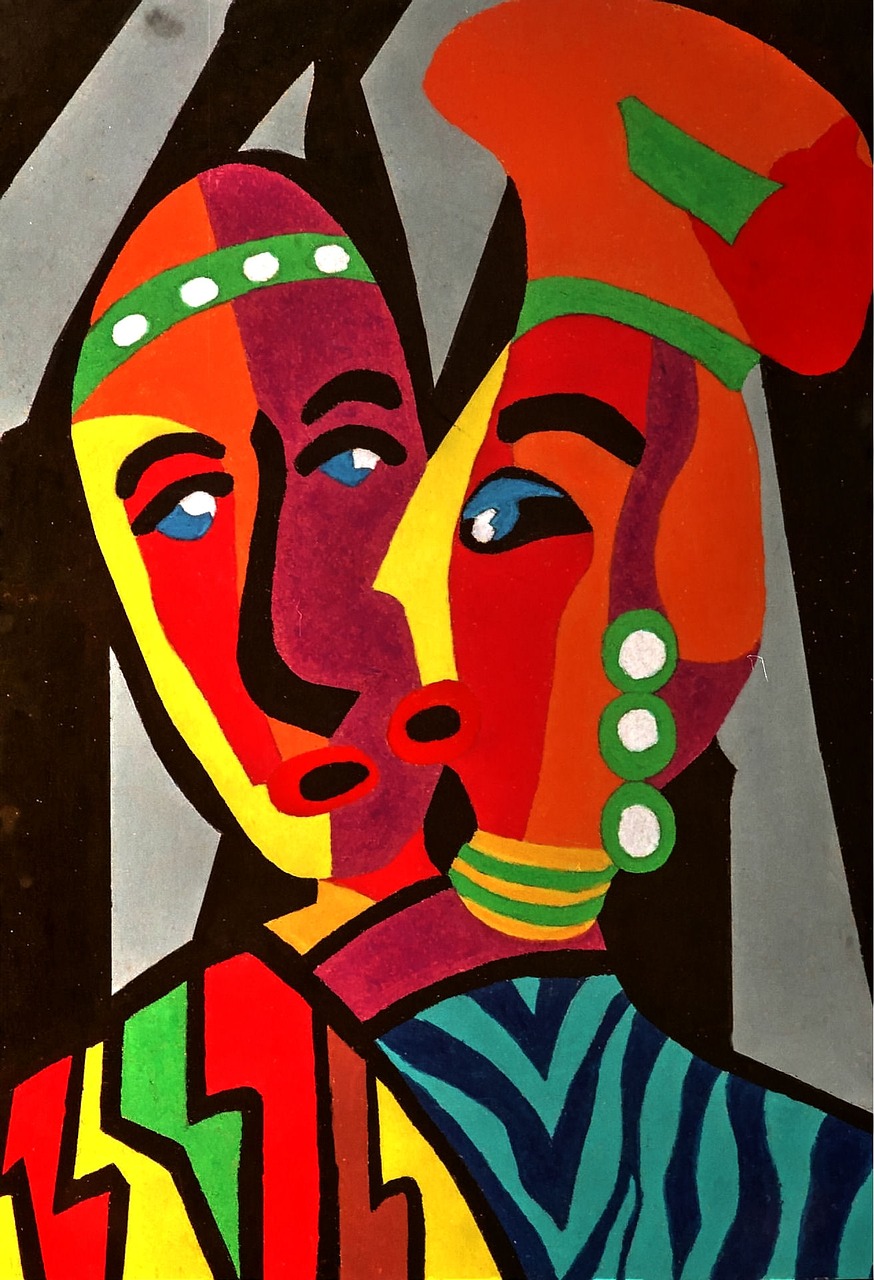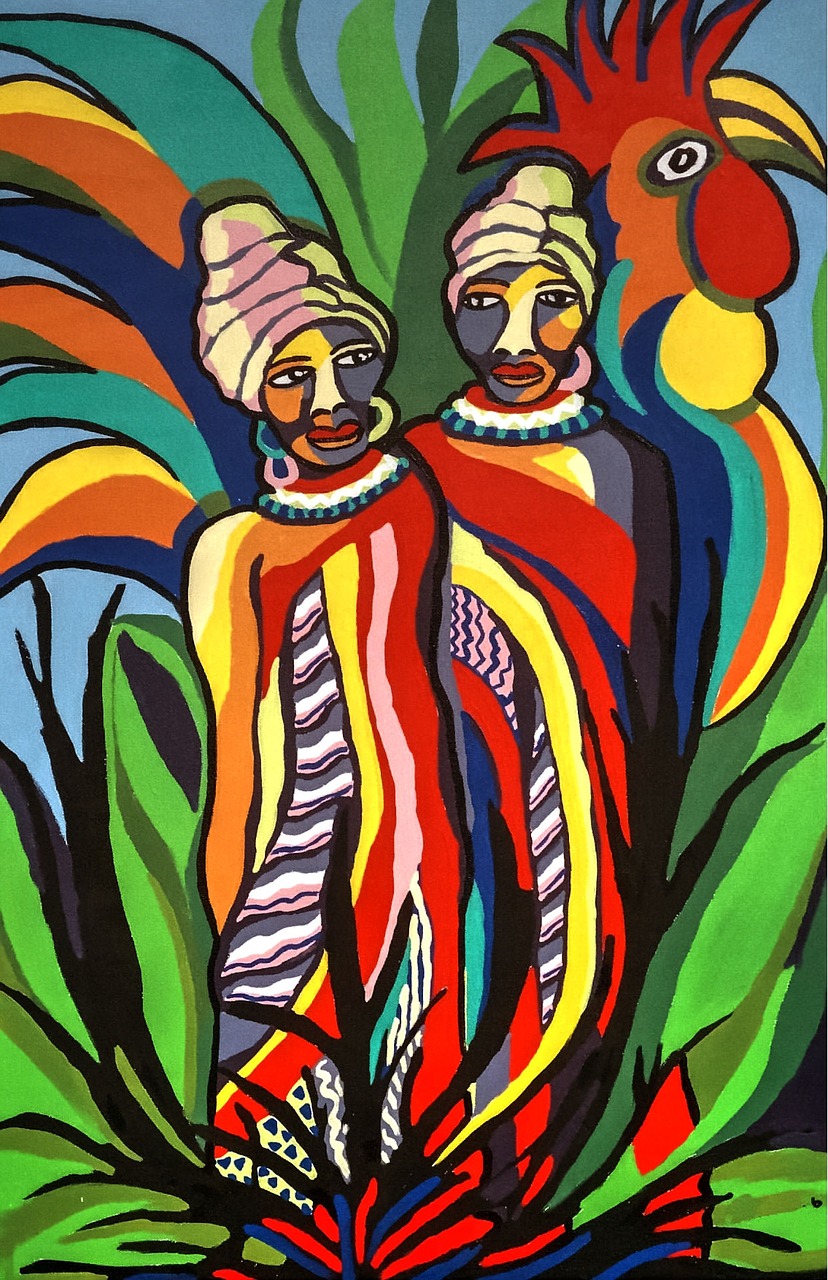
Salvator Mundi, the painting in question, is not from Leonardo’s studio and is from a century after his passing.
A significantly damaged late copy of Leonardo da Vinci’s Salvator Mundi sold at auction for €1 million (plus fees), above the estimate of €10,000 to €15,000. It fetched an exceptional sum for a piece by an unidentified artist when it was sold in an online Old Masters auction run by Christie’s Paris on November 28.
The exceptional price paid for this replica demonstrates the Cook Collection’s Salvator Mundi’s magnetic pull. Prince Mohammad bin Salman purchased the painting in 2017 at Christie’s for $450 million, and it is now owned by the Kingdom of Saudi Arabia. Since then, no one has seen the painting, which has added to the air of mystery and stoked speculation about its whereabouts.
A condition report was ordered by the auction house, not a forensic investigation of the painting’s pigments, according to Pierre Etienne, Christie’s international director of Old Masters and 19th-century art. The document, which has Bernard Depretz’s independent restorer signature, claims that “numerous small losses” can be seen in the online catalogue “on the red garment of Christ, on the beard, above the head, on the background and on the globe.”
The painting can be deemed to be in a very good condition of conservation even if an ultraviolet inspection reveals various signs of restoration. The key sections of the painting have not been altered, the report states. The panel also states that allegedly it is from a family in southern France, albeit there is no evidence of a longer historical lineage.
Based on the auction house’s catalogue comments, the painting, which is 63.2 cm by 51 cm in size and made of poplar panel, is “Italian School, [around] 1600, after Leonardo da Vinci.” Should the date be accurate, it is impossible that this piece originated from the studio of the artist, who passed away in France a century previously.
Vincent Delieuvin, the curator of Italian painting at the Louvre, identified 22 known (and more-or-less accurate) copies of Leonardo’s Salvator Mundi in his 2019 catalogue, including this one. This rendition is one of three in a “family” of works. Since a 1962 auction sale, one of these regarded as being of the best quality has disappeared. From a picture viewed by The Art Newspaper, it may have been painted at Leonardo’s studio and was listed in the previous collections of Richard Worsley and Victoria Alexandrina Hare and her husband Charles Anderson-Pelham, the Earl and Countess Yarborough.
These three reproductions may have been influenced by an earlier composition since they depict the blessing’s right arm in a pose and with sleeves that resemble a draught of drapery from the royal collection at Windsor that was later rectified by the artist.
When Pierre Etienne mentions the €2.9 million profit made by a 17th-century replica of the Mona Lisa by Christie’s in an online sale in 2021, he notes that everything about da Vinci stimulates the deepest passions. It belonged to collector and dealer Raymond Hekking, who had purchased it in southern France for the equivalent of $5 and held on to his belief that it was the genuine article until his passing in 1977.



